Identifying and exploiting competitors’ weaknesses can feel overwhelming. However, think about if you partnered with industry peers to create more significant opportunities for growth. As the owner of Starborn Furniture, I've learned that collaboration is the key to thriving in the tumultuous world of furniture retail. It can drive innovation and secure a stronger market position.

The role of collaboration in furniture product innovation is crucial. It allows manufacturers like me to align with retailers, designers, and consumers to create products that meet market demands efficiently. This collaborative approach not only strengthens business operations but also elevates the quality and appeal of the furniture we produce, meeting consumer expectations and enhancing brand reputation.
Why Is Quality Certification Vital for Furniture Innovators?
In the highly competitive furniture industry, quality certification1 plays a vital role in ensuring market access and building consumer trust. Collaborating with industry experts and certifying bodies, I streamline Starborn Furniture's processes to maintain compliance with industry standards, giving us a competitive edge.

Concretization of Industry Pain Points in the UK and Germany
In the UK and Germany, furniture must adhere to strict standards such as EN 12520/12521. Many innovators face setbacks due to non-compliance, which can result in significant market barriers. Our experience at Starborn has shown that dedication to rigorous industry standards is non-negotiable.
| Country | Standard | Importance |
|---|---|---|
| UK | EN 12520/12521 | Essential for market entry |
| Germany | EN 12520/12521 | Prevents failure in international markets |
Starborn's Solution: Rigorous Certification and Inspection Processes
Our factories go through BSCI audits regularly to ensure transparency and trust. My commitment to maintaining a 98% pass rate on initial product certification boosts our partners' confidence. This dedication helps in fortifying business relationships and expanding our market presence.
| Certification | Pass Rate |
|---|---|
| Initial Audit | 98% |
| Reassessment | 95% |
Concretization of Customer Value: Trust and Market Expansion
By offering certified products, I enable retailers to expand their offerings, enhancing consumer trust by 20%. This certification not only bolsters the brand reputation of independent retailers but also increases consumer loyalty, underscoring the importance of quality assurance in market growth.
How Does Flexible Production Boost Market Responsiveness?
Adaptability in production is essential for meeting evolving consumer demands. My focus on flexible production strategies ensures that Starborn can quickly adjust to market changes, allowing us to stay ahead of trends and capitalize on new opportunities efficiently.
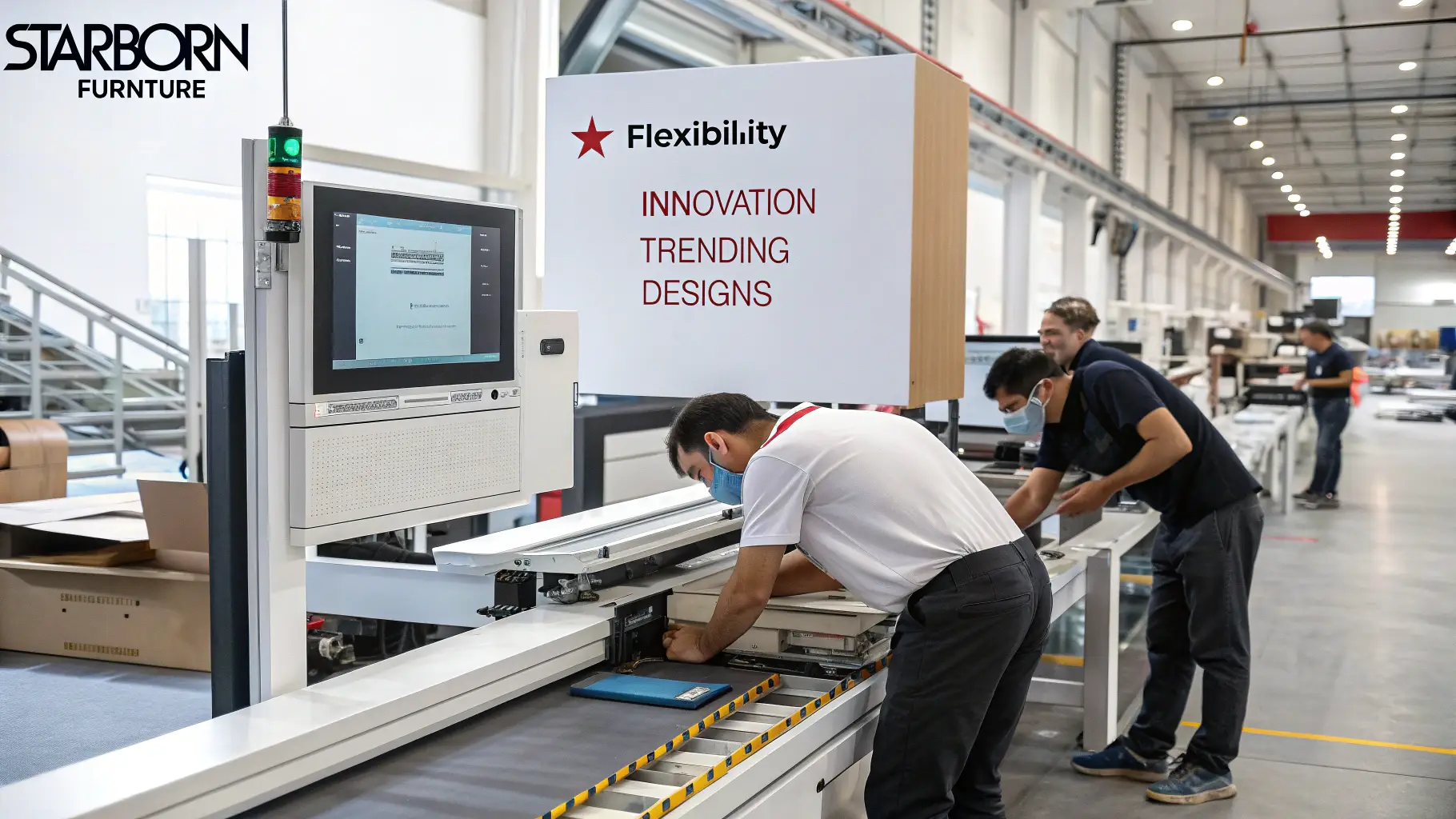
Common Industry Issues: Inflexibility in Production Schedules
Inflexible production schedules often plague the furniture industry. Many factories struggle to respond quickly to demand changes, missing vital market opportunities. Designers face delays, inhibiting their ability to lead with trends and innovations.
| Pain Point | Impact |
|---|---|
| Inflexible Schedules | Lost market opportunities |
| Designer Delays | Inhibited trend-setting |
Demonstration of Platform's Innovative Features
Starborn's C2M (Consumer to Manufacturer) dashboard is transformative. By providing real-time, data-driven decision-making capabilities, my platform allows for monthly production adjustment up to 2000 units. This ensures we remain responsive and adaptable to consumer needs.
| Feature | Benefit |
|---|---|
| C2M Dashboard | Real-time data-driven decisions |
Joint Development Case with Designers
I have seen significant success in collaborating with designers. Our joint projects have led to 15% quicker go-to-market timelines. For example, our bespoke eco-friendly furniture line launched in Germany demonstrated the power of timely and well-executed collaboration.
| Project | Result |
|---|---|
| Eco-Friendly Line | 15% quicker market entry |
What Makes Transparent Supply Chains a Competitive Edge?
Transparency in supply chains is paramount in today's market. At Starborn, I've implemented tools that offer full visibility, instilling greater trust among retailers and designers. This transparency aligns with ethical standards, minimizing risks and supporting our competitive stance.
[^2], emphasizing trust and ethical standards](https://starborndesign.com/wp-content/uploads/2025/03/1742531743178.491.webp)
Typical Customer Pain Points: Lack of Visibility and Trust
A typical challenge in the furniture industry is the lack of visibility in supply chains. Retailers and designers often grapple with uncertainties about material sourcing, leading to trust issues and potential reputational harm.
| Pain Point | Consequence |
|---|---|
| Lack of Visibility | Trust issues |
| Material Sourcing Uncertainties | Potential reputational harm |
Starborn's Solution: End-to-End Supply Chain Visibility Tools
Through enhanced supply chain transparency2 tools, I provide real-time updates on material sourcing, ensuring compliance with ethical standards. This initiative builds trust and reduces the risk of reputational damage for our partners.
| Solution | Benefit |
|---|---|
| Supply Chain Tools | Real-time updates on sourcing |
Excerpt from Customer Success Story
One of our UK retailers utilized our transparent supply chain model effectively. By assuring customers of ethical practices, they achieved an 18% increase in sales, showcasing the correlation between transparency and commercial success.
| Retailer | Result |
|---|---|
| UK Partner | 18% increase in sales |
How Do Ecological Collaborations Unlock New Market Segments?
Sustainability is increasingly significant in modern furniture design. My collaborations with eco-conscious materials providers support market expansion into new segments, such as the Middle Eastern market, where demand for culturally adaptive and sustainable designs is rising.
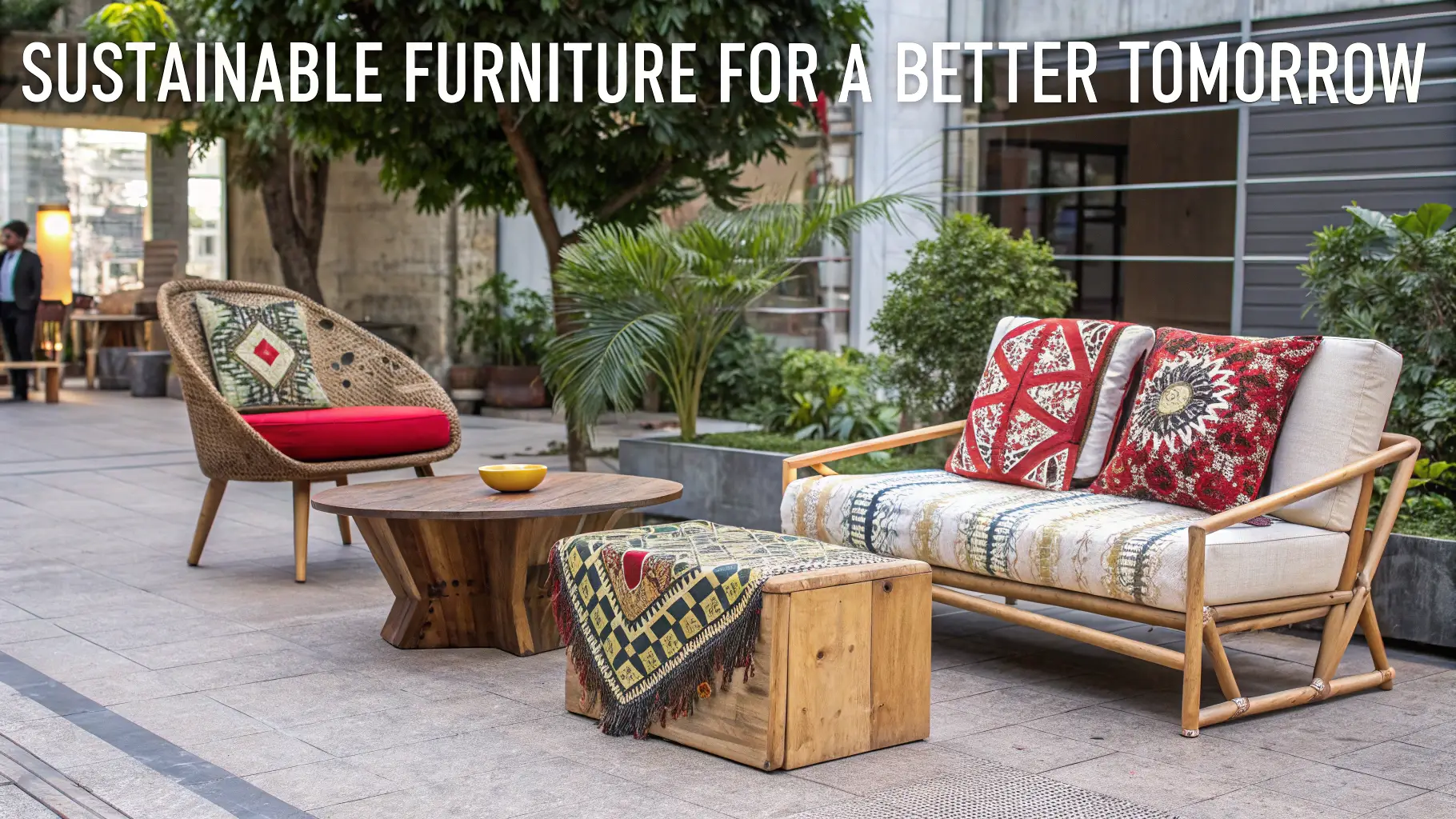
Sustainability and Cross-Cultural Influences
The Middle Eastern market demands furniture that is both sustainable and culturally adaptive. Witnessing this rising demand, I understand the importance of fusing these elements to create appealing designs.
| Region | Demand |
|---|---|
| Middle East | Sustainable, adaptive designs |
Starborn's Collaborative Approach with Materials Providers
By partnering with suppliers of sustainable materials3, Starborn reduces its carbon footprint by 25%. Our designs comply with JIS standards, catering to specific cultural preferences, highlighting how collaboration fosters innovation and market relevance.
| Collaboration | Outcome |
|---|---|
| Sustainable Material Providers | 25% reduced carbon footprint |
Revenue Enhancement through Sustainable Practices
In Dubai, retailers report a 30% premium on eco-friendly certified products. Collaboratively, we explore new segments and maximize profits by tapping into consumer preferences for sustainable offerings.
| Region | Premium on Eco-Friendly Products |
|---|---|
| Dubai | 30% |
How Consumer Interaction Fosters Design Innovation?
Engaging with consumers directly fuels design innovation. With Starborn's C2M feedback loop, I harness real-time user insights to drive consumer-driven innovation, refining our product offerings to align with market desires seamlessly.
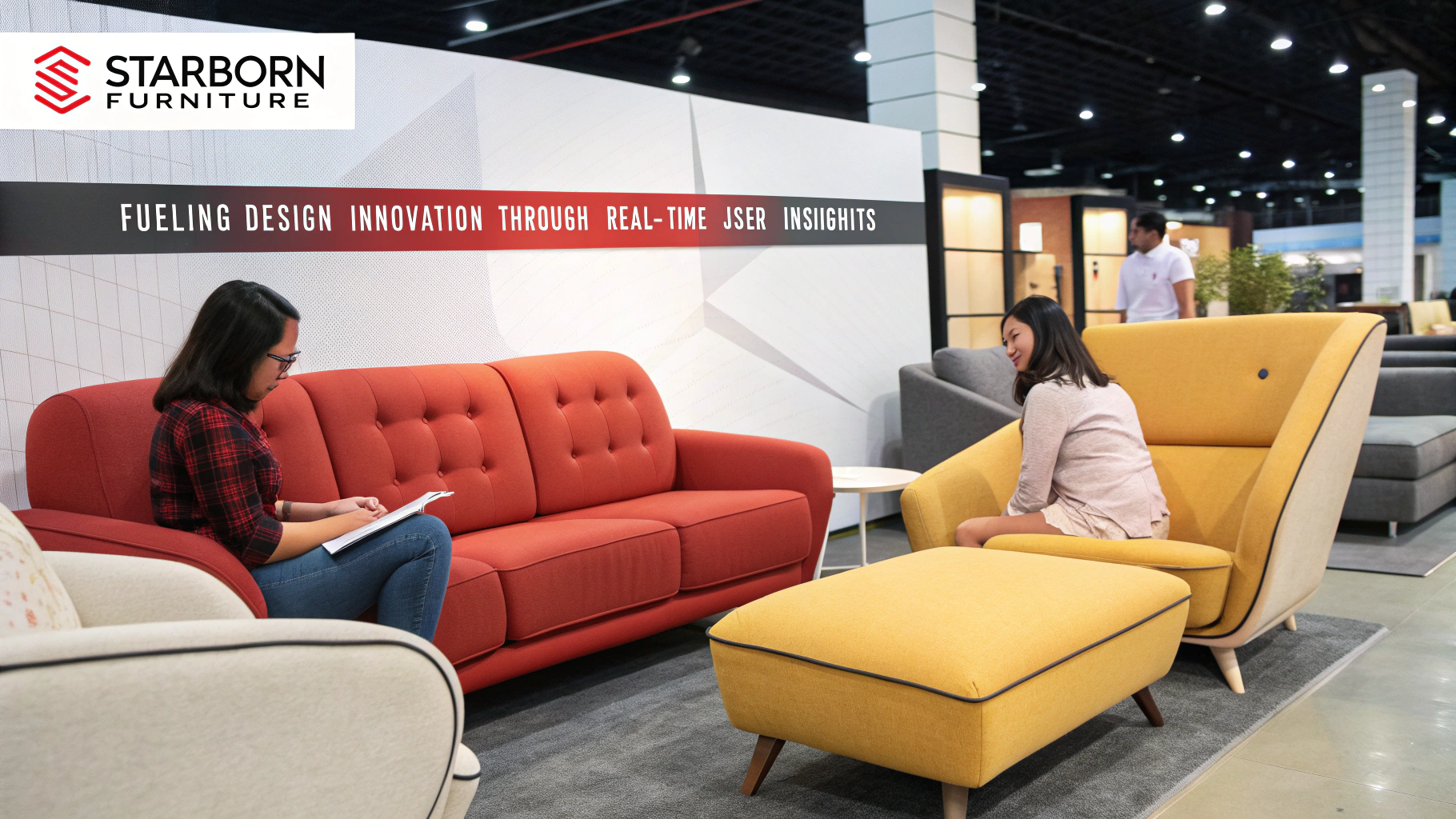
Industry Pain Points: Disconnect Between Consumer Desires and Product Development
Traditional processes often overlook direct consumer feedback, leading to gaps between product offerings and market trends. By addressing this disconnect, I ensure our designs resonate more closely with consumer expectations.
| Pain Point | Result |
|---|---|
| Lack of Consumer Feedback | Missed market trends |
Starborn's C2M Feedback Loop System
Incorporating real-time user feedback into design iterations with our C2M feedback loop, I reduce development cycles by 40%. This system propels consumer-driven innovation, allowing us to remain aligned with market trends and consumer needs.
| System | Benefit |
|---|---|
| C2M Feedback Loop | 40% reduction in development cycle time |
Customer Success: Enhanced Market Competitiveness
A small retailer used our proactive consumer feedback approach to develop a signature line with a 50% higher engagement rate, illustrating the significance of consumer interaction in crafting compelling products.
| Retailer | Outcome |
|---|---|
| Small Partner | 50% higher engagement rate |
What Role Does Long-Term Value Play in Furniture Durability?
Durability and long-term value are critical for thriving in the furniture market. Through innovative manufacturing processes, Starborn focuses on producing high-quality, enduring products, reducing replacement costs and improving brand reputation.
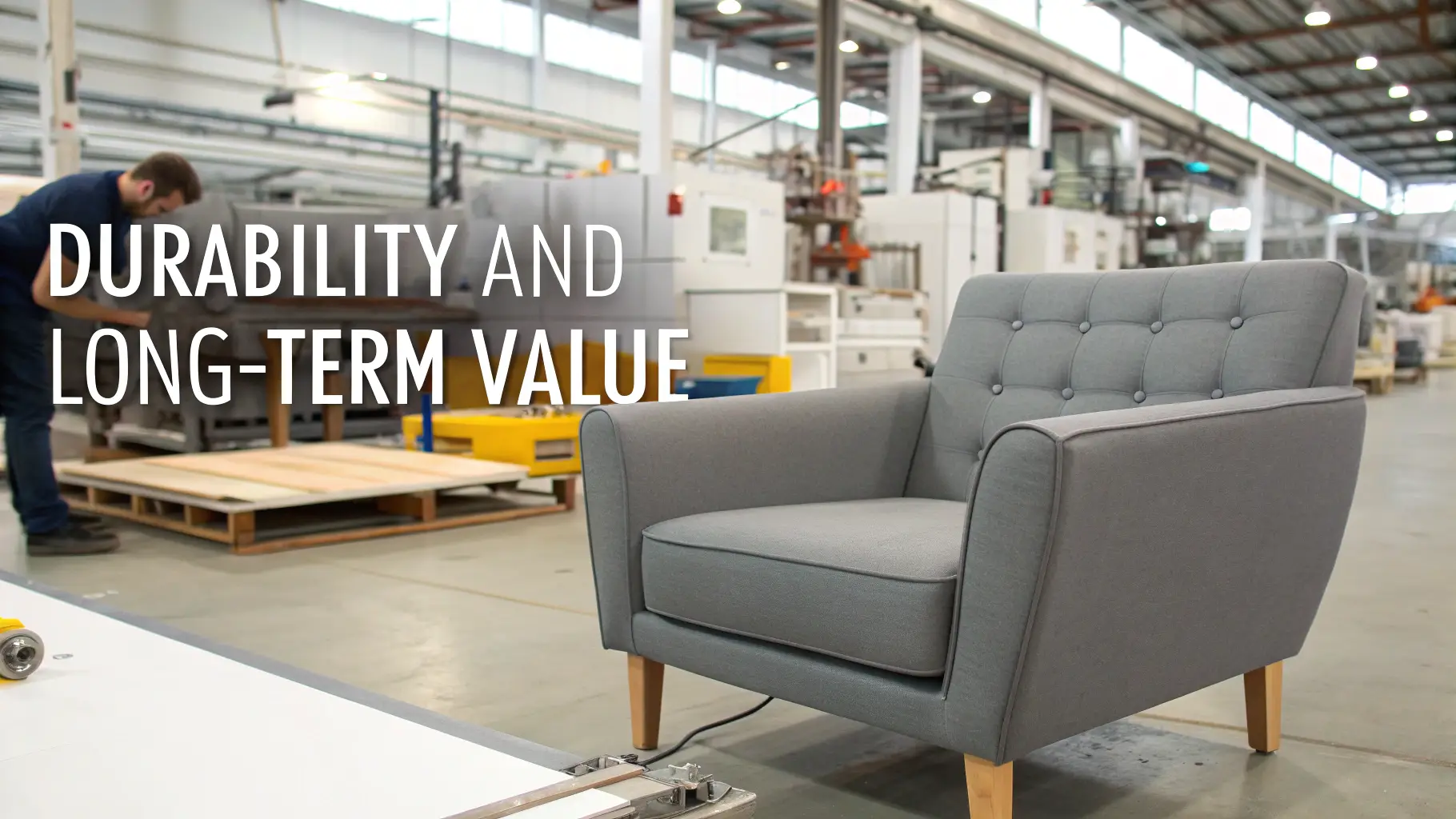
Concretization of Industry Challenges: Short Life Cycle Products
The industry faces challenges of short product life cycles, leading to high replacement costs and diminishing profitability. I address this by emphasizing durability and quality in Starborn's manufacturing processes, meeting consumer expectations for longevity.
| Challenge | Consequence |
|---|---|
| Short Life Cycles | High replacement costs |
Starborn's Durability Focused Manufacturing Processes
I am committed to using advanced materials and testing to ensure our products have extended lifespans. Collaborating with testing labs, we meet durability standards that satisfy both retailers and consumers.
| Focus | Result |
|---|---|
| Advanced Materials | Extended product lifespans |
Economic Benefits of Durability: Cost Reduction and Brand Positioning
Retailers working with us save up to 35% on replacement costs, enhancing profitability and strengthening brand positioning. Starborn's reputation for quality and reliability ensures consumer satisfaction and repeat business.
| Benefit | Stat |
|---|---|
| Cost Savings | 35% reduction in replacements |
Why Is Consumer Education Crucial for Sustaining Growth in Furniture Markets?
Consumer education is vital for sustaining market growth. Through Starborn's educational initiatives, I enhance consumer understanding of certified, eco-friendly products, driving demand and supporting our partners in reaching informed, eco-conscious buyers.
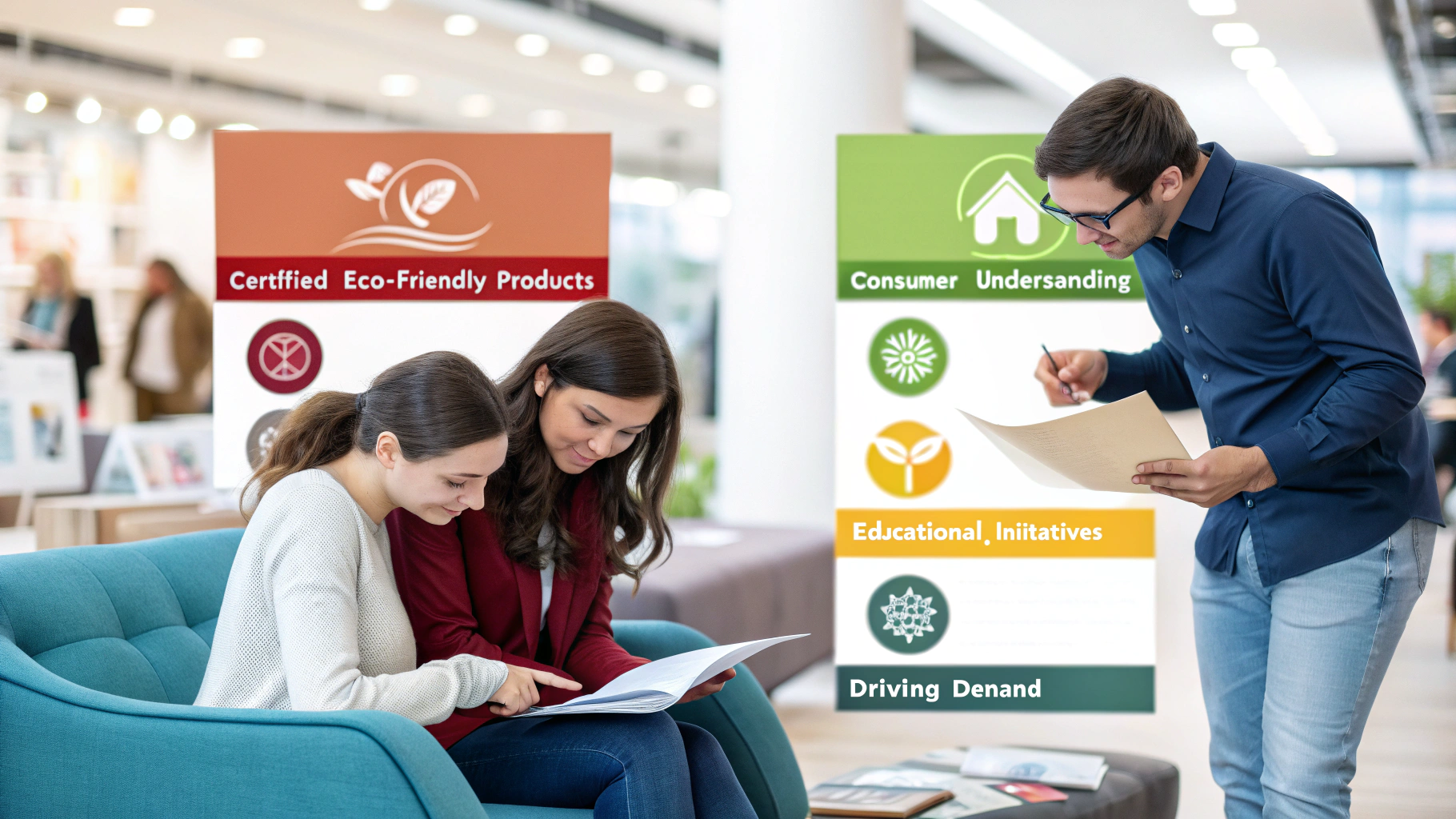
Knowledge Gap in Sustainable and Certified Products
A significant knowledge gap exists in understanding the benefits of sustainable and certified products. By focusing on educational outreach, we empower consumers to make informed choices, aligning with market shifts toward sustainability.
| Gap | Impact |
|---|---|
| Lack of Knowledge | Lower demand for certified products |
Starborn's Consumer Education Initiatives
I've launched digital marketing tools and collaborative webinars, increasing consumer knowledge. These initiatives have significantly boosted demand for certified products, proving the value of informed consumers in maximizing sales and brand alignment.
| Initiative | Outcome |
|---|---|
| Digital Marketing Toolkit | Boosted consumer knowledge |
Tangible Outcomes from Educated Consumer Base
Post-education campaigns have resulted in a 25% sales increase for certified products. Retailers notice enhanced alignment with brand values, attracting a more eco-conscious, informed customer base accustomed to quality and sustainability.
| Metric | Result |
|---|---|
| Sales Increase | 25% for certified products |
Conclusion
Collaboration is the bedrock of success at Starborn Furniture. From sustainability to consumer engagement, these cooperative strategies foster innovation and resilience. These efforts ensure we meet market demands while upholding quality, reputation, and effectiveness in the dynamic furniture landscape.
-
Understanding the significance of quality certification can enhance your knowledge of market access and consumer trust in the furniture sector. ↩
-
Exploring supply chain transparency can reveal how it builds trust and minimizes risks, crucial for modern businesses. ↩
-
Learning about sustainable materials can help you understand their role in market expansion and consumer preferences. ↩

